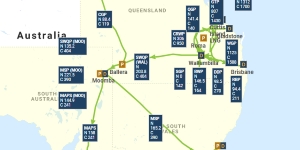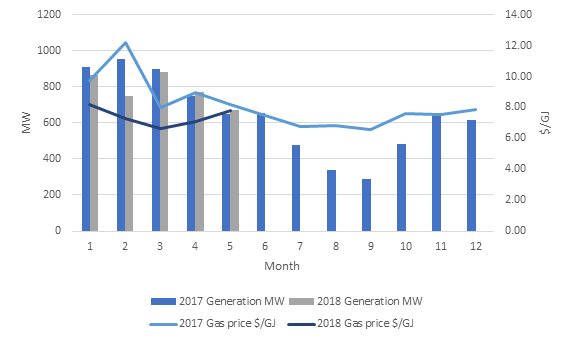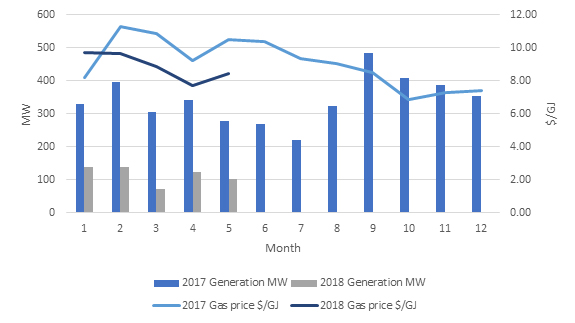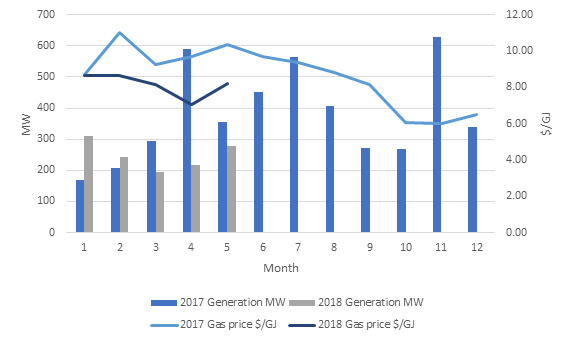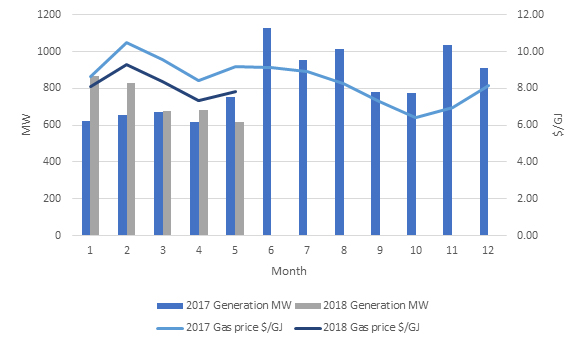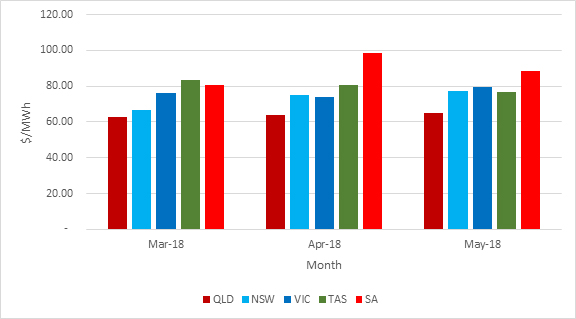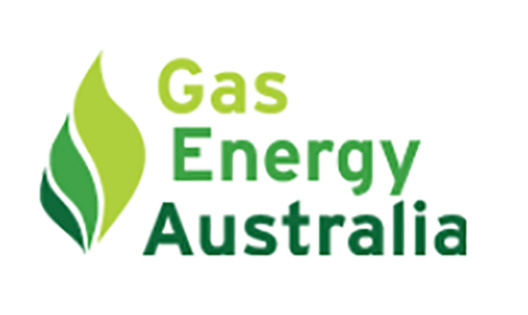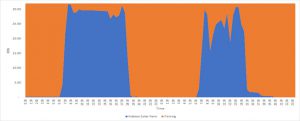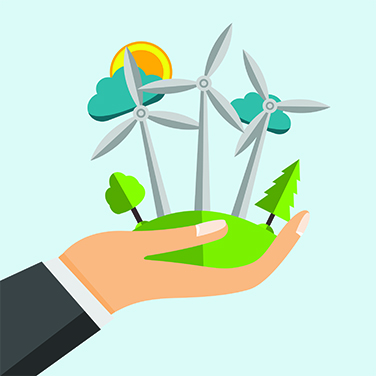This morning AEMO released their inaugural Integrated System Plan (ISP). The plan is an evaluation of the likely changes that will be occurring over the next 20 years across the NEM. The ISP builds on the work of AEMO’s annual National Transmission Network Development Plan, and has been developed in response to the COAG Energy Council’s decision in 2017 to adopt the recommendations made in the Independent Review into the Future Security of the National Electricity Market, specifically pertaining to the need for a strategic national plan. AEMO have used probabilistic scenario based analysis and system optimisation to project the reliability and security needs of the power system while simultaneously identifying the lowest cost combination of resources to meet system and consumer needs. The ISP also incorporates projected Federal emissions policy and State renewable policies.
AEMO’s analysis has identified the following fundamental changes occurring in the energy sector:
- Grid demand is flattening due to the growth of rooftop photovoltaic (PV) and increasing use of local storage, as well as overall increases in energy efficiency. This is true even with the anticipated electrification of the transport sector over the period.
- Over the next 20 years, approximately thirty percent of the NEM’s existing coal power stations will be approaching the end of their technical lives, and will likely be retired, which highlights the importance of mitigating premature retirements as these resources currently provide essential low-cost energy and system support services required for the safe and secure operation of the power system.
- The investment profile and capabilities of various supply resources have changed and are projected to continue to change radically.
- In particular, costs of new renewable plant continue to fall, and advances and availability of storage technologies, particularly pumped hydro, flexible gas-powered generation and distributed energy resources (DER) are emerging as core components to a low cost and reliable energy future.
The ISP finds that a portfolio approach of supply resources includes both retention of existing resources and continued growth of utility-scale renewable generation, energy storage, DER, flexible thermal capacity, including gas-powered generation, and transmission development to be the most efficient approach.
AEMO has identified three “Groups” which distinguish actions that a recommended to be taken in the near, medium and longer term.
Group 1: Near-term construction to maximise economic use of existing resources
Immediate action is required to maximise the economic use of existing low-cost generation. Investment is also required to facilitate the development of projected new renewable resources to replace retired and retiring resources, and to provide essential system security.
- Immediate investment in transmission should be undertaken, with completion as soon as practicable, to:
-
- Increase transfer capacity between New South Wales, Queensland, and Victoria by 170-460 MW.
- Reduce congestion for existing and committed renewable energy developments in western and north-western Victoria.
- Remedy system strength in South Australia.
Group 2: Developments in the medium term to enhance trade between regions, provide access to storage, and support extensive development of Renewable Energy Zones (REZs)
The ISP shows that an interconnected energy highway would provide better use of resources across the NEM, through both access to lower-cost resources and realising the benefits of diversity from different resources in different locations with different generation profiles.
- Action should be taken now, to initiate work on projects for implementation by the mid-2020s which would:
-
- Establish new transfer capacity between New South Wales and South Australia of 750 MW.
- Increase transfer capacity between Victoria and South Australia by 100 MW.
- Increase transfer capacity between Queensland and New South Wales by a further 378 MW.
- Efficiently connect renewable energy sources through maximising the use of the existing network and route selection of the above developments.
- Coordinate DER in South Australia.
- AEMO will coordinate work with project proponents on a design for transmission networks to support strategic storage initiatives (Snowy 2.0 and Battery of the Nation).
Group 3: Longer-term developments to support REZs and system reliability and security
In the period from 2030 to 2040, a significant amount of the NEM’s coal-fired generation is expected to reach end of technical life and retire. As noted, given the scale of the investment and building time required, it will be important to retain existing coal-fired generators until the end of their technical life to maintain reliability.
- In the longer term, to the mid-2030s and beyond, the capability of the grid should be enhanced to:
-
- Increase transfer capacity further between New South Wales and Victoria by approximately 1,800 MW.
- Efficiently connect renewable energy sources through additional intra-regional network development.
If you have any questions regarding AEMO’s ISP or how you can best position your company in response to the changing energy market please get in contact with Edge on 07 3905 9220 or 1800 334 336.


